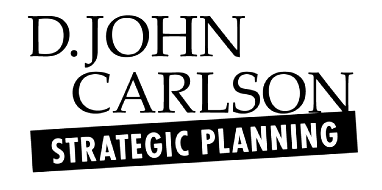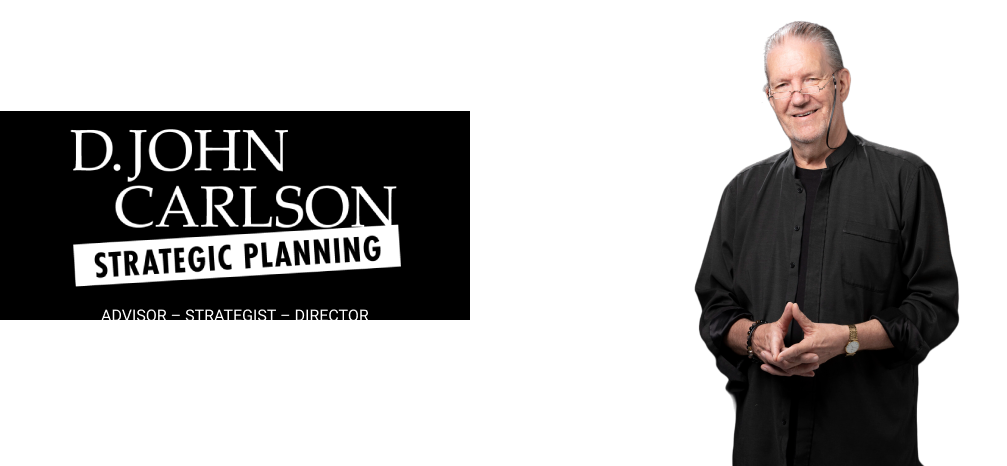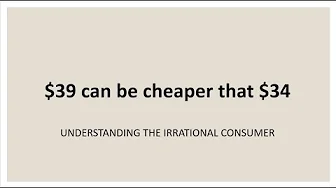Daniel Kahneman won the Nobel Prize in Economics for his work in behavioural economics – the first psychologist to do so. One of his most celebrated theories relates to system 1 and system 2 thinking. System 1 is fast, instinctive, and emotional thinking – taking place in the brain stem and limbic system. System 2 is ...
MAXIMISE CONVERSION RATES – PART 2.
I would argue that marketers devote far too much attention to maximising enquiry rates and far too little attention to driving conversion rates. Indeed, I would argue that conversion rates need to be the priority – given that maximising it will ensure the best possible return on the investment in driving enquiry rates. This article ...
HAWKINS STERN IMPULSE BUYING THEORY
Hawkins Stern believed heavily in the idea of impulse behaviour. He argued that sudden buying impulses fit alongside rational purchasing decisions to paint a complete picture of the average consumer. Impulse purchases are driven largely by external stimuli and have almost no relationship to traditional decision-making. Stern established four categories of impulse buying. First are the pure ...
MAXIMISE CONVERSION RATES – PART 1.
Central to maximising the performance of any business is maximising the lifetime value of each enquiry. Maximising the lifetime value of each enquiry maximises the return on the promotion associated with generating each enquiry. It drives revenue up and marketing costs down. The lifetime value of each enquiry is central to maximising conversion rates, margins, ...
DUNBAR’S NUMBER
Oxford University anthropologist Robin Dunbar found a correlation between primate brain size and average social group size. His research also identified a cognitive limit to the number of people with whom an individual can maintain a stable social relationship— one where they know who each person is and how each person relates to every other person.Dunbar's research initiated a ...


 Back
Back




